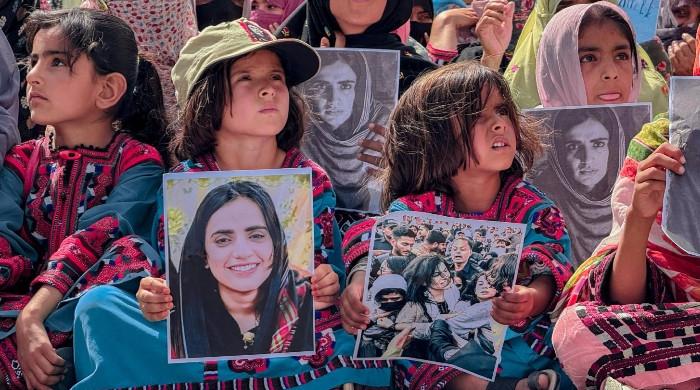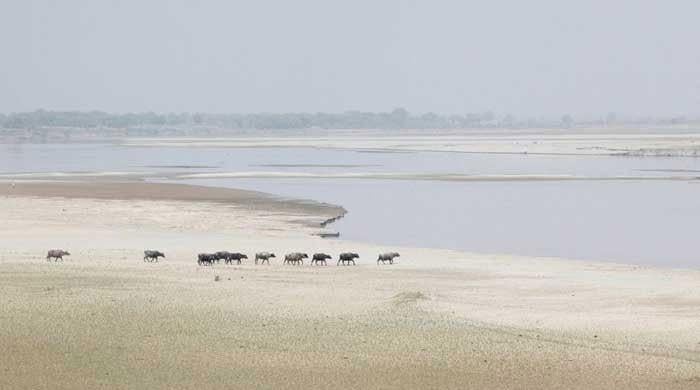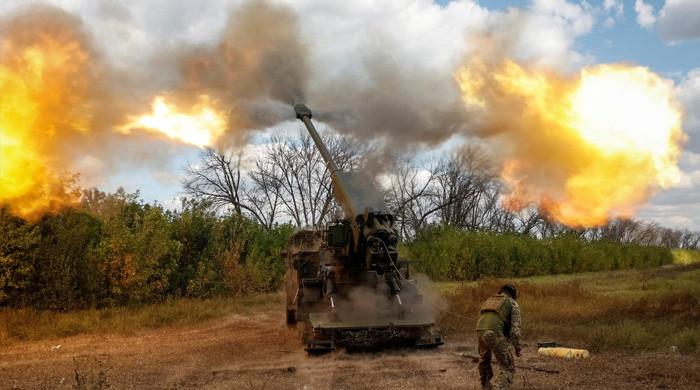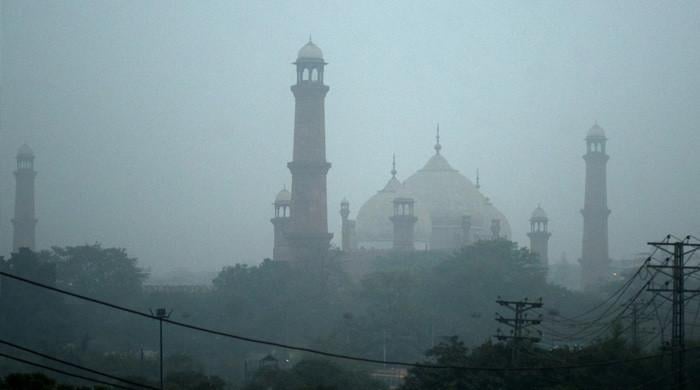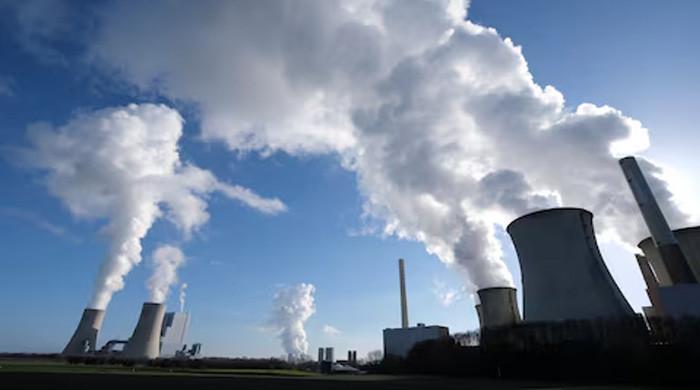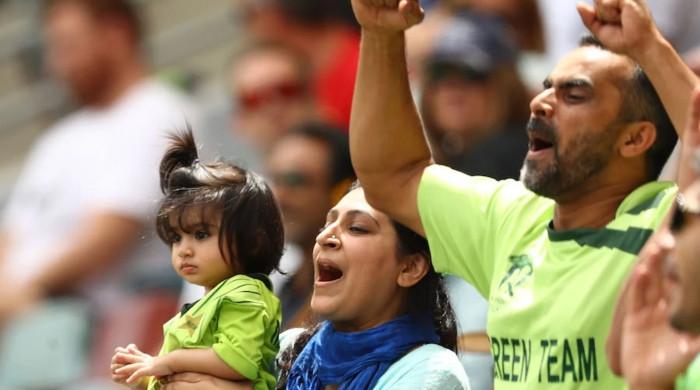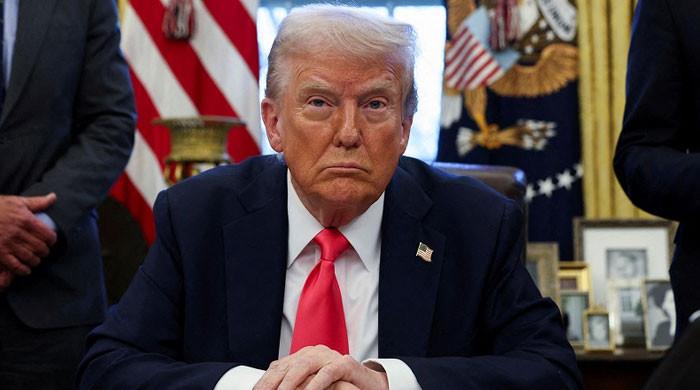Story of India’s economic growth (Part 1)
In 1991, India had foreign exchange reserves that could pay for only three weeks of imports
August 26, 2022
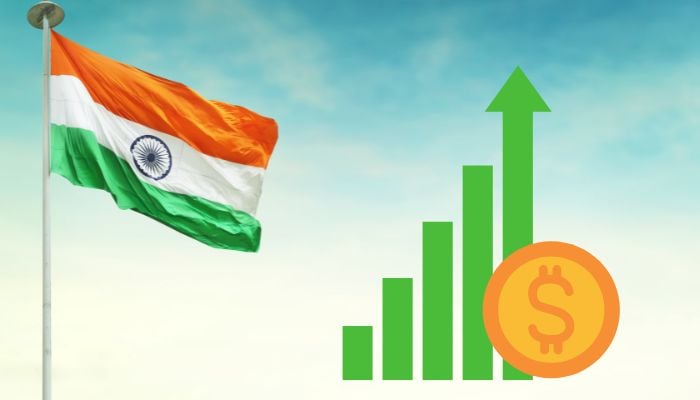
India was considered by its colonial rulers as the brightest jewel in the British crown as it was relatively well-endowed in terms of natural and human resources, physical infrastructure, and entrepreneurship. India’s social and economic indicators at the time of independence were similar to those in the countries of Southeast Asia and China in terms of the level of poverty, illiteracy, and health status.
When independence was achieved, continuity with the past was least disrupted as the majority of the experienced civil servants who administered British India opted to serve the newly independent country. Another advantage was that the political party that came to power – the Indian National Congress – had reflected upon the choices for developing the country and had prepared an economic plan even before assuming power.
Two paths of development then available to newly independent countries were liberal market based or the state control and command economy based on central planning. The path chosen by the Congress, inspired and guided by Pandit Nehru – himself a Fabian Socialist – was the latter-the central planning dominated by the public sector. Although the industrial policy resolution of 1948 proposed a mixed economy, the central plans in the allocation of resources favoured the public sector. India set up the Planning Commission in 1950 to prepare and implement the first five year plan. The plan, launched in 1951 focused on agriculture and irrigation to boost farm output and overcome food shortage.
The second plan advocated rapid industrialization with a focus on heavy industries and capital goods – a consistent theme of the subsequent plans – that prevailed until 1991. Not only that, the public sector took over the commanding heights of the economy and the role of the private sector was gradually shrunk. From the 1950s to 1991, several industries such as airlines, banks, and insurance were nationalized.
In 1950, agriculture was the dominant sector of the economy with 55 per cent share of GDP and more than 80 per cent employment and provision of livelihoods. The average GDP growth rate between 1950s and 1970s was around 3.5 per cent, rising to over 5 per cent in the 1980s. Large reallocation of funds to industries away from the farm sector worsened food shortages and inflation spiked in the country.
Shastri in 1964, succeeding Nehru as the prime minister, shifted the focus on agriculture. High-yield varieties of wheat developed by researchers in Mexico and rice developed in the Philippines were adopted and widely diffused. A substantial increase in food grain production along with a white revolution in the form of increased production of milk helped India attain food security.
Until 1990, India lagged behind other developing countries with an average economic growth rate of 3.5 per cent, stagnating per capita incomes, rising incidence of poverty, and an inward-looking orientation insulated from the global economy in terms of trade and investment. The private sector was kept under the shackles of permits, licences, import bans and restrictions, foreign exchange quotas, and nationalized bank deposits being used for financing government deficits or for public sector projects. Under Rajiv Gandhi’s government there was some partial movement towards liberalization but these measures were not sustained and soon withdrawn. However, there was a realisation that even these limited efforts had pushed the economic growth rate beyond an average of 5 per cent in the 1980s – a feat that was unprecedented.
The turning point came in 1991 when the cumulative effect of the past economic policies of command and control and public sector domination led to a serious balance of payments crisis in the country. The country had foreign exchange reserves that could pay for only three weeks of imports. Prime minister Narasimha Rao with the able assistance of his finance minister Manmohan Singh prepared a comprehensive programme of reforms and approached the IMF for a bailout.
Licence and permit raj was demolished overnight, the major entry barrier for the private sector to obtain permission for capacity expansion or new capacity was done away with, accelerated export promotion measures were instituted for exporters to enter the global market, and the exclusivity for public and private sector was ended. Foreign trade rules were liberalised and the protection to domestic industries in the form of high tariff rates came to an end as they were now required to compete with foreign goods.
Complex import licencing was abolished so that the domestic industries could import raw materials, parts and components, machinery and equipment without any restrictions. The exchange rate was pegged to a basket of currencies rather than fixed arbitrarily by the government. FDI rules were amended to attract foreign capital, technology transfer, and managerial expertise. Approvals up to 51 per cent of equity investment by foreign companies were made automatic.
Investment in the local equity market was allowed for foreign institutional investors. The practise of automatic financing of the fiscal deficit by the Reserve Bank of India was discontinued. The maximum tax rates on personal income, corporate profits, and capital gains were reduced. Profit-making public enterprises were allowed greater autonomy and freedom to mobilise resources in the capital market. Some of these enterprises were privatised with a transfer of management control to the strategic investor. Power generation and the insurance sector were opened up to the private sector and Indian companies were allowed to raise funds abroad.
This paradigm shift in the basic philosophy of economic policymaking and governance was not taken seriously in the first instance by the domestic and foreign investors as for them the real test was whether these reforms would be sustained or implemented by a different political party that came to power. Although economic growth rate in 1991-96 period exceeded 5 per cent but the real kickstart to the economy came after the BJP government under Vajpayee not only continued with these reforms but introduced further reforms of liberalization, deregulation and privatization. The credibility and non-reversal of these reforms was established and the Indian economy took over on a speed that had never been witnessed before.
The shift in the policy orientation pushed the investment rate to 28 per cent by 2004-05, with private-sector investment rising from 13 per cent to 20 per cent in 2004-05 and 24 per cent in 2009-10. India’s GDP growth rate reached 8 per cent by the mid 2000s. FDI flows accelerated from $6 billion annually in 2000-01 to $81 billion in 2021-22. Foreign exchange reserves have exceeded $600 billion. Poverty has declined to less than 20 per cent. Fiscal deficits have remained bound in a narrow range of 6-7 per cent of GDP.
The share of exports of goods in the world market has tripled since India decided to integrate in the global economy. India has become the back office for the rest of the world as service exports have jumped from $16 billion to $240 billion in just the last two decades. The buffers set up by India allowed it to weather the storm of the 2008 global financial crisis and the 2020 COVID-19 pandemic. There was a slowdown and decline and a lot of common people suffered during the lockdown but the economy has shown resilience.
At $3.2 trillion, India has become the sixth largest economy in the world ranked behind the US, China, Japan, Germany and UK. Per capita income of $2500 is a 30-times multiple of what it was at the time of independence. Food grain production that was 50 million tons in 1950 has expanded six-fold in the last seven decades to 316 million tons while population grew by a factor of 3.7 in the same period indicating almost twice as much availability in per capita consumption. The literacy rate is almost 78 per cent compared to 18 per cent with female literacy moving up to 70 per cent from 9 per cent.
To be continued..
The writer is the author of ‘Governing the ungovernable’.
Originally published in The News




